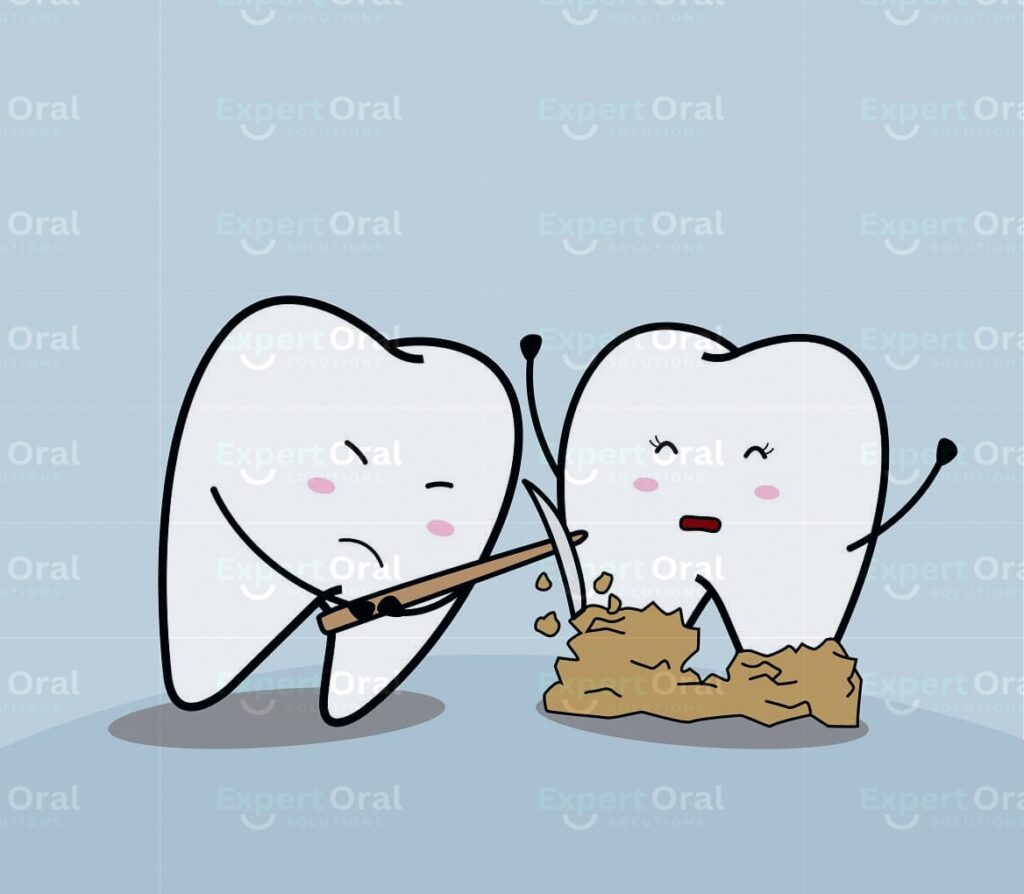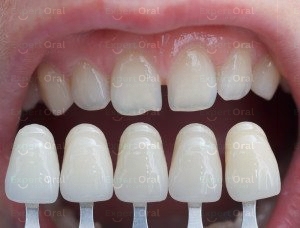Ever dreamed of a dazzling smile but worried about the cost of veneers? While veneers can dramatically improve your smile’s aesthetics, understanding their insurance coverage is crucial. This blog post delves into the world of dental insurance and veneers, providing clarity on what’s typically covered and offering alternative solutions.
Understanding Veneers:
Veneers are thin shells of porcelain or composite resin bonded to the front surface of your teeth. They address various cosmetic concerns like:
- Chips and cracks
- Discoloration
- Uneven tooth shape
- Gaps between teeth
While veneers offer a long-lasting and natural-looking solution, they are considered an elective procedure, meaning they are not medically necessary.
Dental Insurance and Veneers:
Here’s the key takeaway: In most cases, dental insurance does not cover veneers entirely.
Dental insurance plans typically prioritize medically necessary procedures like fillings, root canals, and cleanings. Veneers, focusing solely on aesthetics, fall outside this category.
Exceptions and Potential Coverage:
However, there might be a chance of partial coverage in specific situations:
- Partially damaged teeth: If a tooth is damaged due to injury or accident, and a veneer becomes necessary to restore its functionality, your insurance might offer some coverage depending on your plan.
- Underlying medical conditions: In rare cases, if a medical condition significantly affects tooth structure, requiring veneers for proper function, your insurance might offer partial coverage.
Important Note:
- It’s crucial to consult your dental insurance provider directly to understand your specific plan’s coverage details. They can clarify any exceptions or potential situations where partial coverage might apply.
Here are some resources to help you navigate your insurance plan:
- Your insurance provider’s website: Look for information on covered procedures and specific details about cosmetic dentistry.
- Contact your insurance company directly: Speak to a representative to discuss your situation and inquire about any potential coverage for veneers.
Alternatives to Veneers:
If dental insurance doesn’t cover veneers entirely, exploring alternative solutions might be necessary:
- Dental bonding: This procedure uses a tooth-colored resin to repair minor chips, cracks, or gaps. While not as durable as veneers, it can be a more affordable option.
- Teeth whitening: Professional teeth whitening can address discoloration and brighten your smile significantly.
- Dental crowns: In cases of severe damage, crowns might be a medically necessary option covered by insurance.
Remember: Consulting with a dentist is crucial. They can assess your individual needs, discuss suitable treatment options based on your budget and insurance coverage, and offer the best course of action for achieving your desired smile.
Additional Tips:
- Compare dental insurance plans: If considering switching plans, prioritize those offering some coverage for cosmetic procedures if veneers are your ultimate goal.
- Consider a Flexible Spending Account (FSA) or Health Savings Account (HSA): These accounts allow you to set aside pre-tax dollars for qualified medical and dental expenses, potentially making veneers more affordable.
Conclusion:
While dental insurance typically doesn’t cover veneers entirely, exploring exceptions, consulting your provider, and considering alternative solutions can help you achieve a beautiful smile that fits your budget. Remember, prioritizing oral health and discussing options with a qualified dentist is vital for informed decision-making.
Disclaimer: This blog post is intended for informational purposes only and should not be substitute for professional medical advice. Always consult with a licensed dentist to discuss your specific situation and treatment options.




